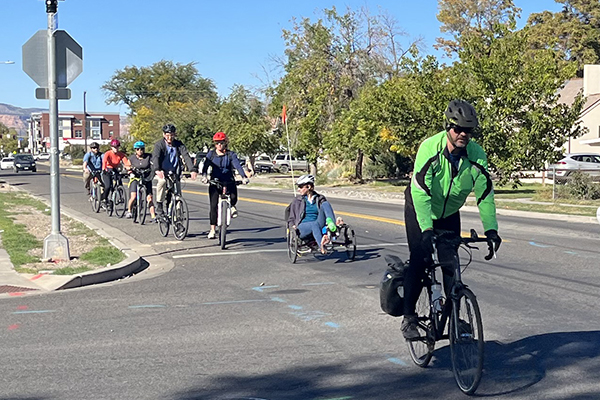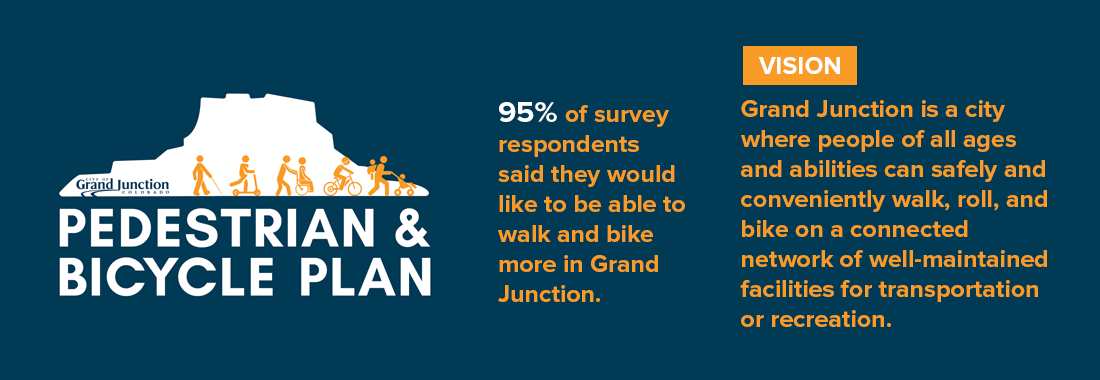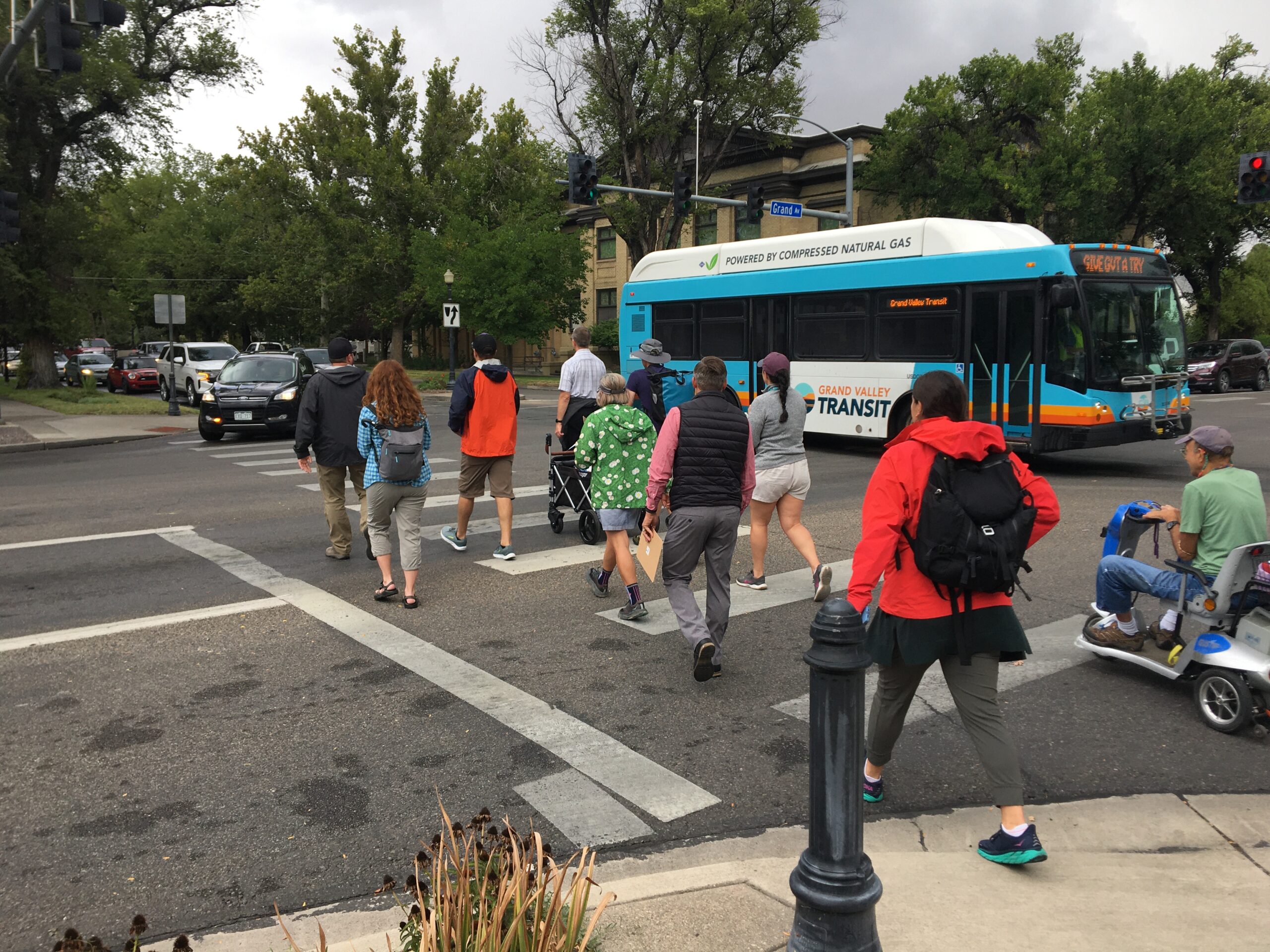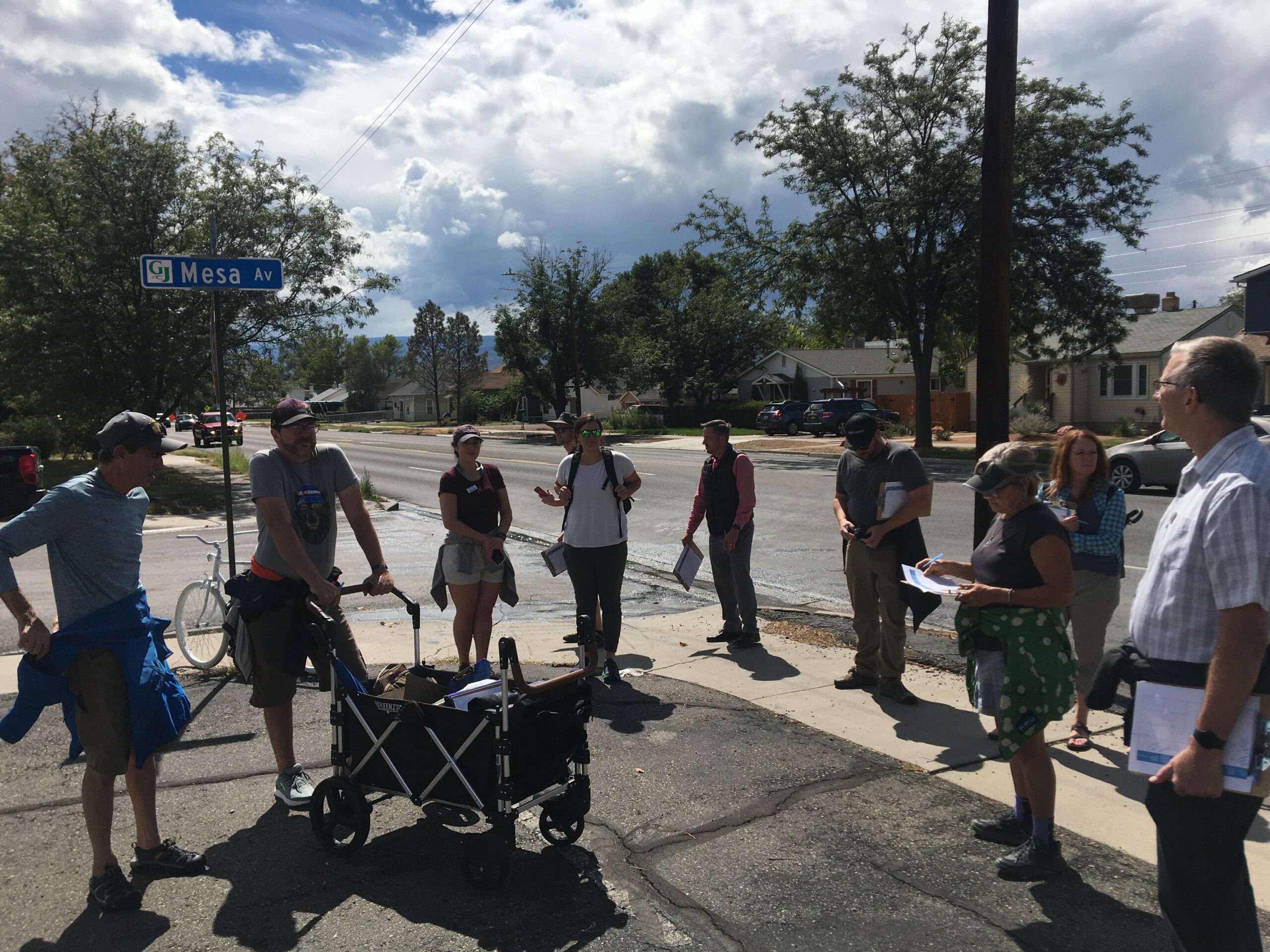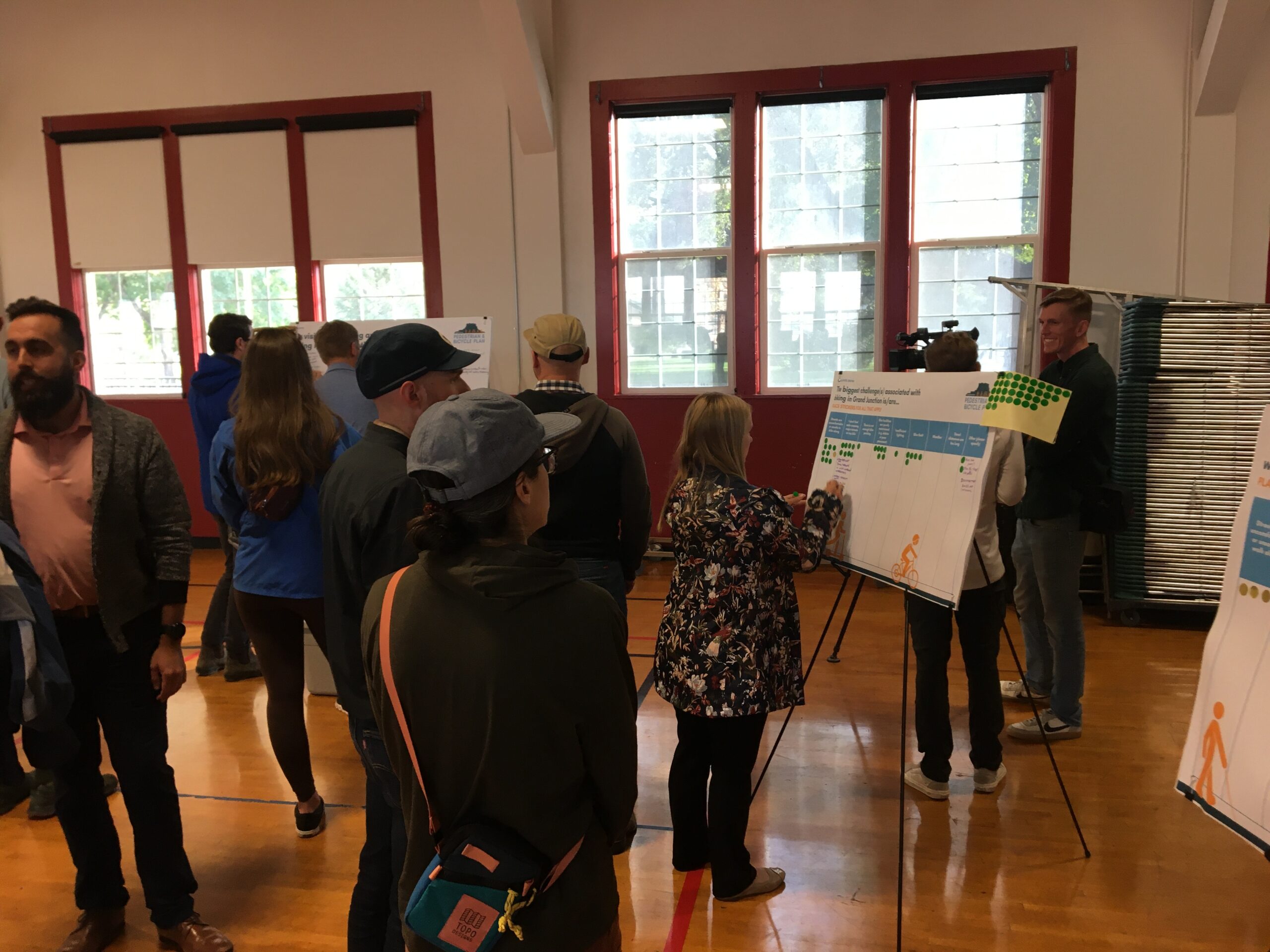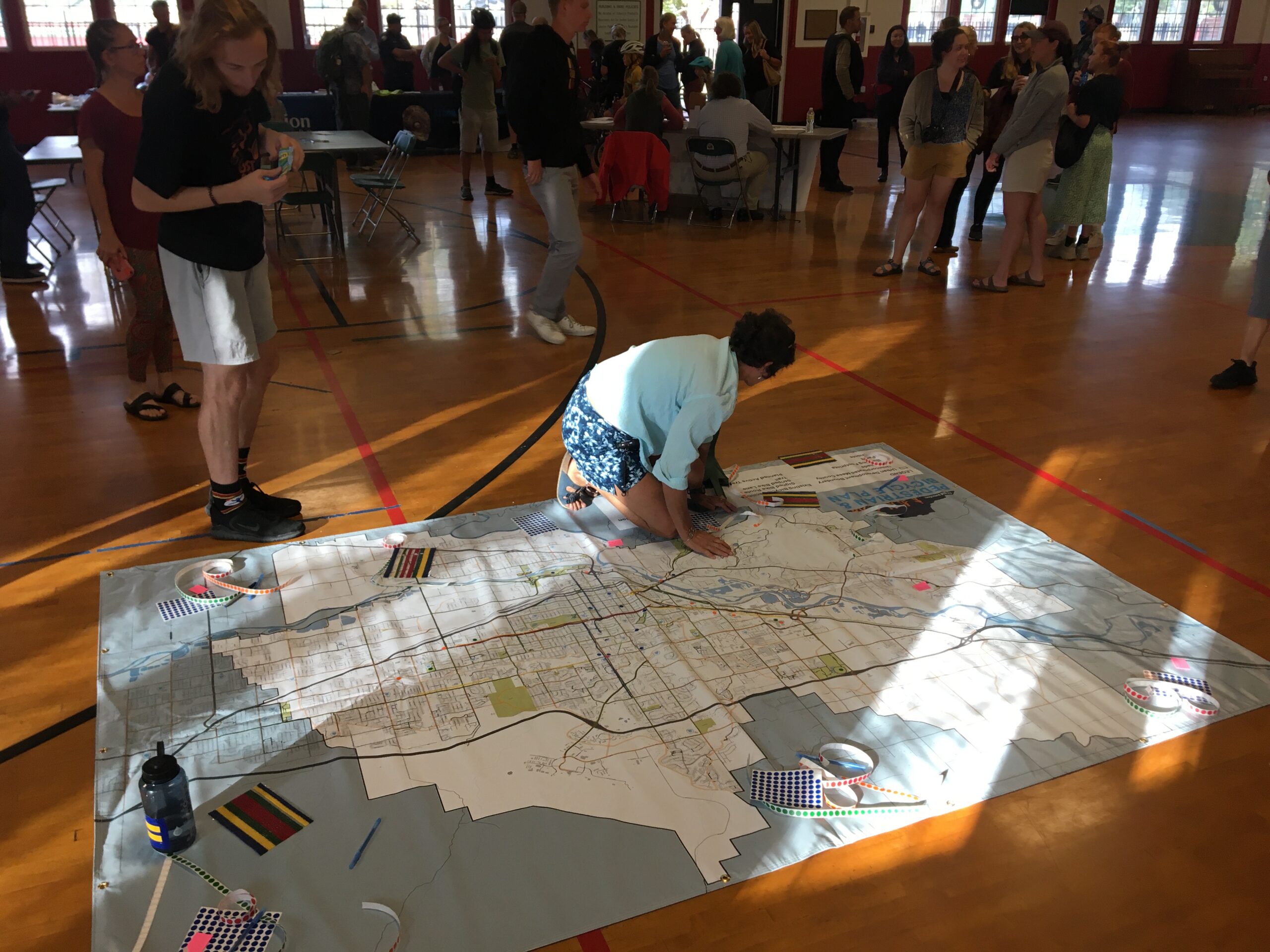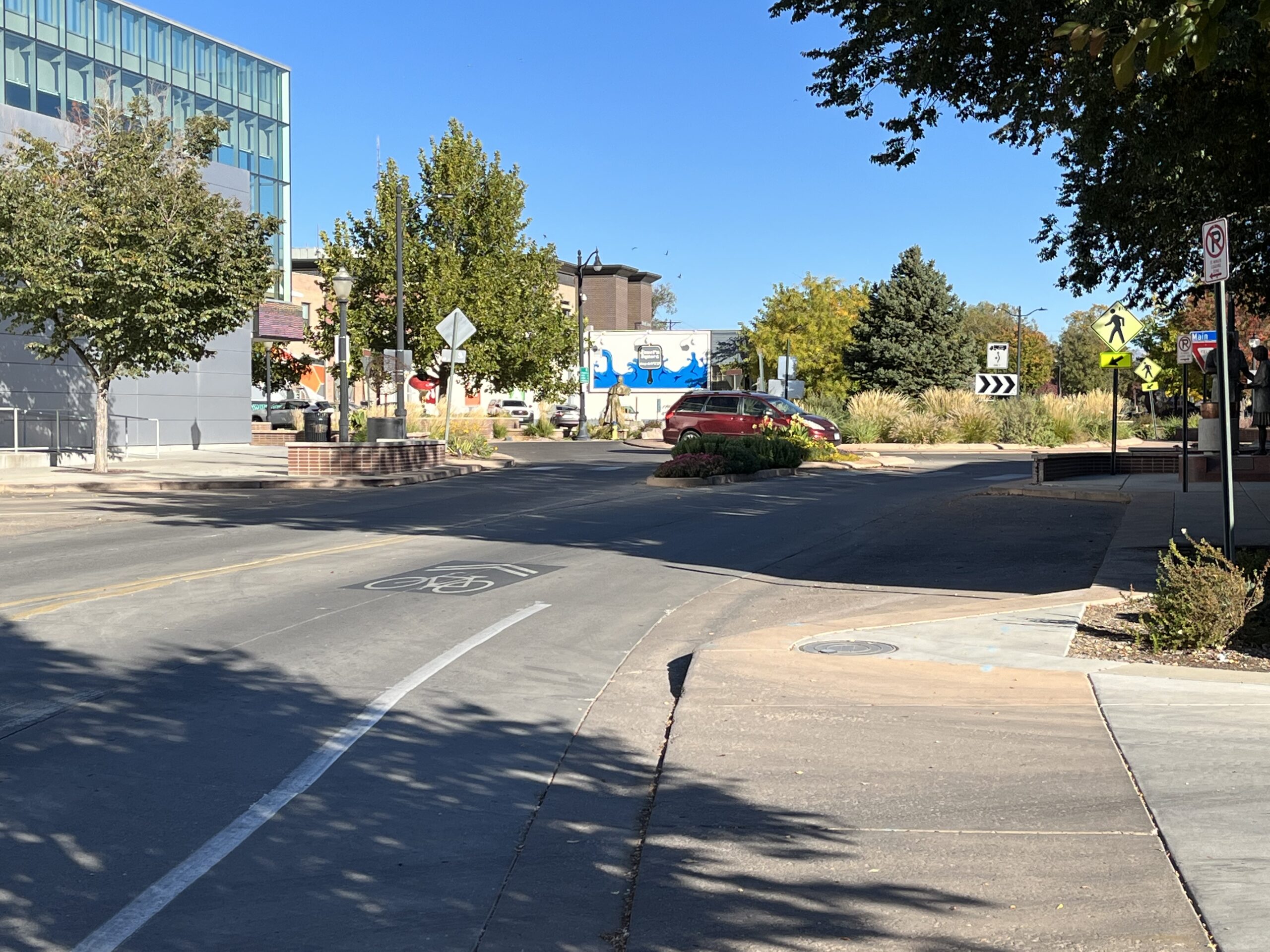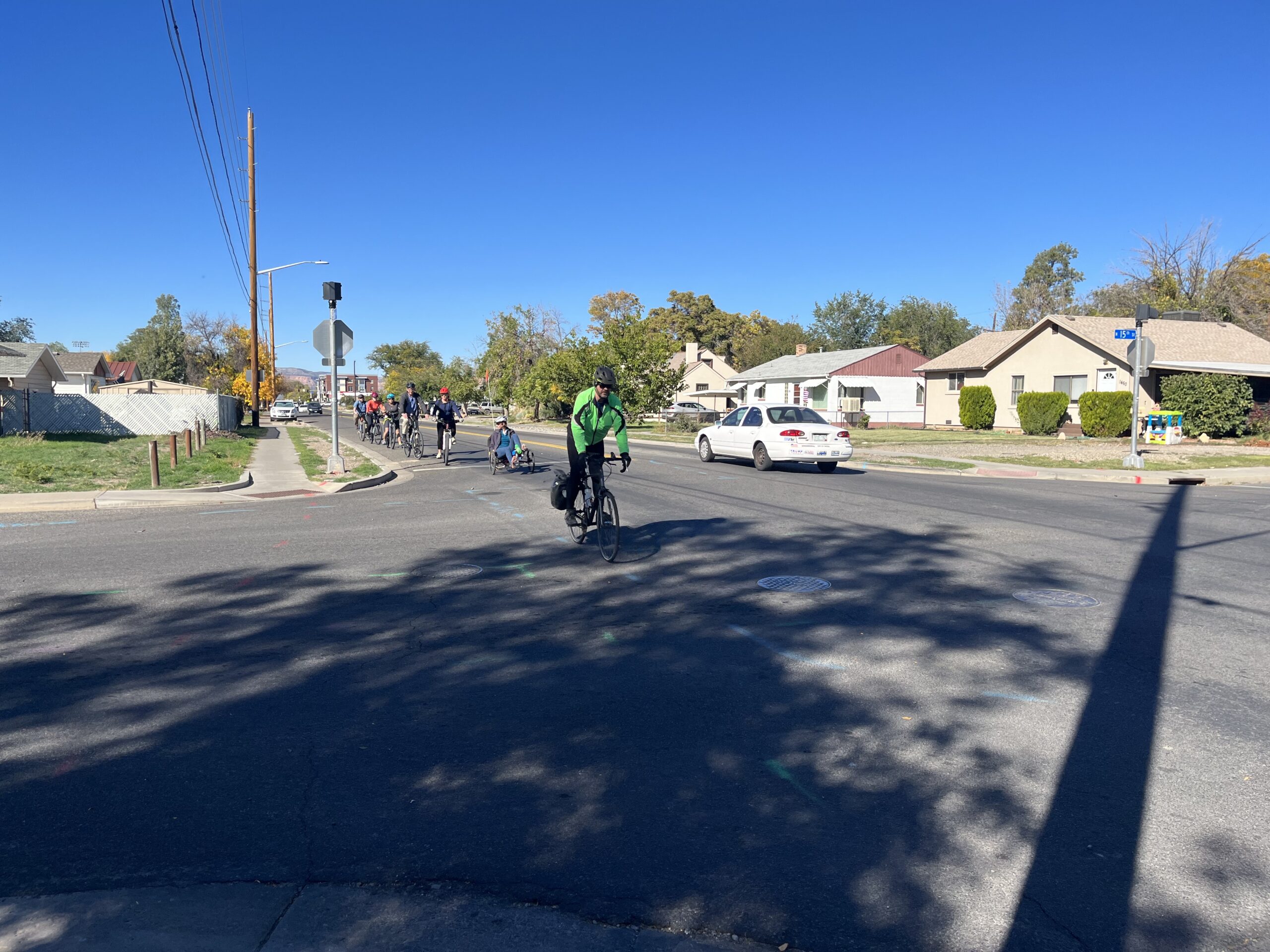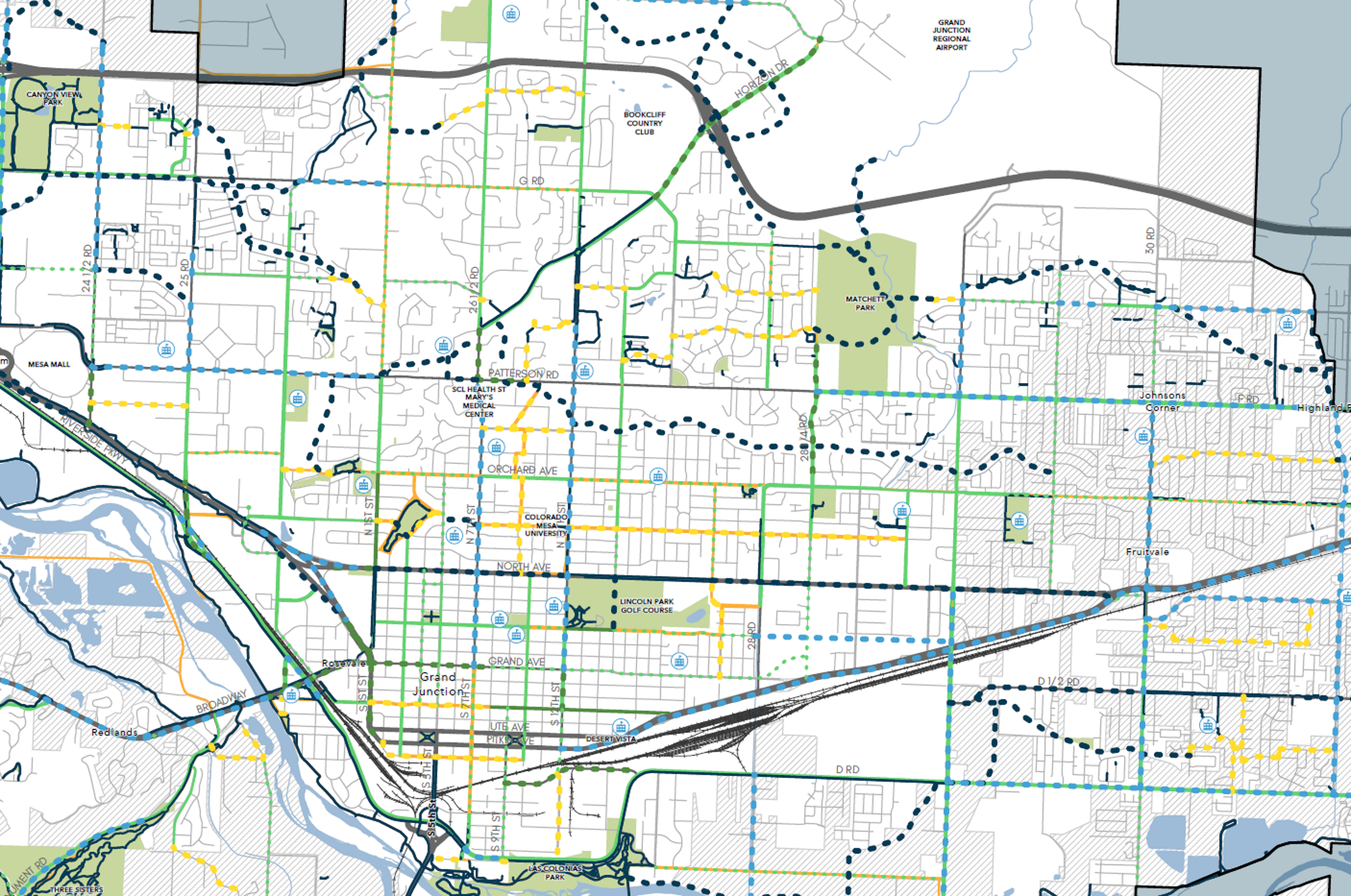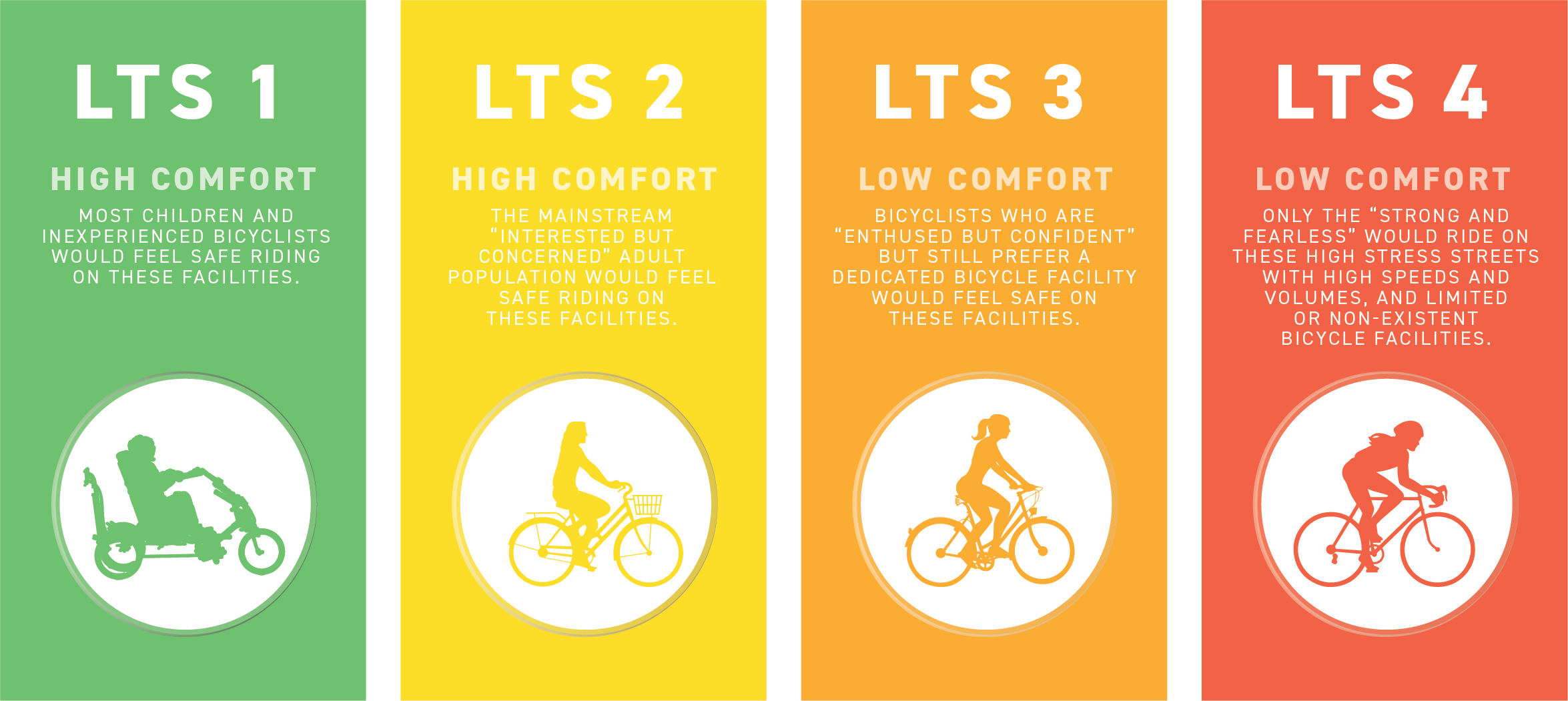Shifting To an Urban Mindset
Shifting To an Urban Mindset
How One Colorado Town Is Leveling-Up for Its Future
Telluride, Aspen, Moab, Fruita. While these destinations attract thousands annually for premier skiing and mountain biking, nearby Grand Junction has long served as the area’s largest population center and hub for amenities and regional services. Pressed to grow by an expanding stream of adventure-seekers and the needs of its businesses and residents, this forward-thinking community is outgrowing its rural roots and proactively equipping itself to transform into a growing urban center.
In addition to tourist ebbs and flows, at its heart, the City’s initiative was fueled by a desire to improve conditions for children trying to get to school, service workers navigating without vehicles to get to work, and college students and everyday residents desiring to walk and bike but simply not feeling safe to do so. This spurred the City to begin reimagining its streets, yet it also showed its savvy in recognizing the economic benefit being generated by an organic biking culture developing by those who visited. With this dual emphasis in mind, we helped the City launch a robust community outreach plan to understand local needs, create a vision, and identify needed infrastructure upgrades to address issues its streets were not designed for. Engaging the public through an open house, bike and walk audits, a dozen intercept events, nine focus groups, and an online survey yielding over 600 responses, key findings revealed that nearly 95% of respondents would like to walk and bike more in Grand Junction. Weaving this into their first-ever Pedestrian & Bicycle Plan, we helped them create a road map of how to build out their bike and pedestrian network over time and curate their vision of becoming a city where all could safely and conveniently actively travel on a connected and well-maintained network.
Applying our in-house tool, Streetscore+, we could quickly and effectively calculate comfort for people biking and walking on any street within the city and planning area. Community participants helped us use the tool to compare designs and evaluate relative benefits and think through prioritization.
This emphasis on safety and comfort was purposefully aligned to the City’s broader design and construction initiative. To ensure that their street design also reflected the Pedestrian and Bicycle Plan’s vision, we helped update their Transportation Engineering and Design Standards (TEDS) manual, which sets street design standards. By aligning these standards with the plan, we’re helping the City mark a significant shift from prioritizing cars to ensuring safe, multimodal travel across all users. This complete streets approach underscores the City’s commitment to safety and active transportation.
Update to the Grand Junction Transportation & Engineering Design Standards
By focusing on the needs of its underserved communities and embracing emerging economic opportunities, Grand Junction is positioning itself as a thriving urban hub poised for scalable and sustainable growth. Whether you are a rural or urban community, reach out for help with national best practices and federal standards for complete streets design. We can also provide insights on what communities nationwide are implementing. If you need guidance on securing funding or updating street design standards to align with your transportation plans, contact us. We would love to assist you.
Since arriving in Denver in 2000, Fehr & Peers has continued to support the expansion of bikeway networks throughout the region.
- Denver Moves: Bike Update
- Denver Moves: Pedestrians & Trails
- Denver Bicycle Community Network Planning
- Denver Pedestrian Crossing Guidelines
- Denver Bikeway Designs
- Brighton Bicycle, Pedestrian, & Multimodal Plan
- Boulder Low Stress Walk and Bike Network Plan
- Fruita Active Circulation Plan
- Longmont Enhanced Multiuse Corridor Plan
Contributors

Patrick Picard
Associate
Email Me

